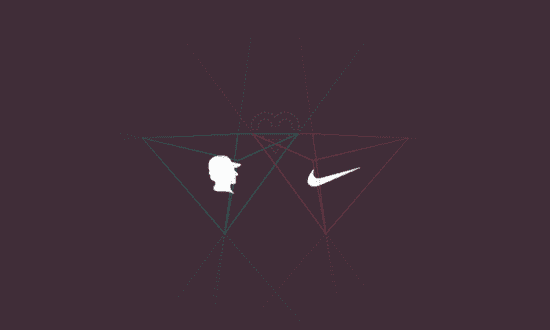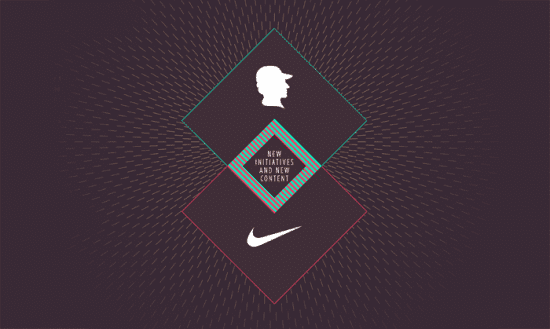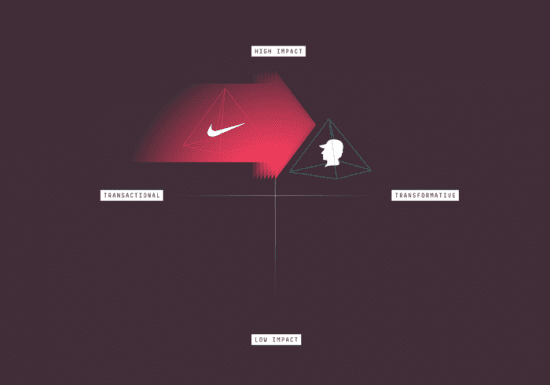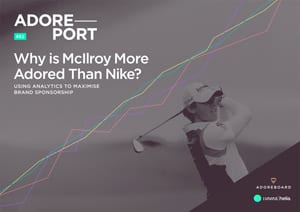Emotional Association - Psychology For Profitable Sponsorship
Sponsorship has always proved to a lucrative and viable form of advertising. The belief that brands place in this type of advertising is huge. Research points to the global spend on sponsorship soaring to $57.5 billion this coming year[1]. So how can brand managers ensure they deliver effective sponsorship for their brands?
The answer in part and the focus of this article is known as emotional association, something which for the main part hasn’t been part of the discourse around sponsorship effectiveness until recently.

As you are reading this article, there is no doubt that thousands of brand managers across the world are assessing the usefulness of planned sponsorship deals within their companies. One of the key questions that any brand manager will ask will be around the business impact and effectiveness generated from any given sponsorship. Something that is often overlooked is one of the most impactful long-term drivers of value and consumer action; emotional association.
The Purpose Of Sponsorship
Before explaining emotional association, lets look at the purpose of sponsorship. With an overall aim of increased sales and profitability, sponsorship serves two main purposes.
- to increase brand awareness
- to establish, change, or strengthen the image of the brand[2].
These two processes are primarily achieved through a frequent and sustained presence of the brand alongside the sponsored be it on billboards at a sporting event or brand adverts featuring a sponsored athlete. However for ultimate value, brands and talent must co-create in a much more intimate manner. The creation of something new embeds the relationship deeper in the mindsets of the public.

The aim of this is to create a connection or linkage between the sponsor and the sponsored.
In doing so, attributes associated with the sponsored property should transfer back down the link to the sponsor. So if a brand is sponsoring a very popular football team, they are hoping that the positive attributes tagged to that team should transfer or link to them as well. In this way, emotional association is the most important factor to consider for any brand manager when considering sponsorship opportunities.
So What Is Emotional Association?
Emotional association is simply defined as the transfer of emotion from the sponsored property to the sponsor[3]. Like the above football example, the brand sponsor is aiming to achieve emotional association by associating itself with something viewed with positive emotions. The idea being that positive emotions consumers have about the football team (or any sponsored property) should link over to the sponsor.
King of Emotional Association: Rory McIlroy
The example of the world’s No 1 golfer, Rory McIlroy is a great case in point of emotional association done well. Research from data scientists at Adoreboard[4], tracked the movements of Rory McIlory’s online reputation for the best part of a year for emotions associated with his personal brand. And it’s this analysis that reveals the emotional highs and lows of an incredible developing career as well as the highs and lows in his personal life. The analysis looked at over 20 different emotions relating to the public perception of Rory McIlroy and how this compared to global brands. In summary, Rory McIlroy is viewed in a highly positive light online – so much so in terms of popularity he overtook his sponsors: Nike, Omega and Bose.

His countless fans attribute him with emotions like joy, ecstasy and serenity.
Key Considerations For Brand Managers
For a brand to prosper in fragmented media landscape, it needs to create a brand image containing emotions high in positive strength. Brand managers need to evaluate what emotions are associated with the sponsorship opportunity. These include those emotions, which describe a person’s specific mood – be it joy or ecstasy. All of these command high emotional attention.
Another key aspect is to understand and develop the emotional connect a person feels toward a brand – emotions like trust and admiration should also be prioritised.
The value of investing in this is that brands which have a high emotional connection with their customers have more loyal customers. By investing in these emotions, brands can create functional and healthy relationships with their customers, which will sustain sales.

This is what Nike is trying to achieve with Rory McIlroy. By giving him the most lucrative sponsorship ever seen in sporting history[5], Nike are placing a safe bet to acquire the positive emotions attached to McIlroy. Knowing that emotion drives the consumer-brand relationship[6], Nike hope that when they are viewed with the same emotions as McIlroy, consumers will be more likely to buy their products over their competitors.
Note Of Caution
However, a note of caution when actually conducting sponsorships. If the sponsored property does something, which induces ridicule, annoyance or hate, there’s a danger that the sponsor will also receive that negative appraisal through emotional associations.
Even in the case of McIlroy, despite the break-up of his relationship with his fiancé Caroline Wozniacki and the legal proceedings which followed the split with his former management company, attracted massive publicity his online brand reputation dipped but on the whole remained solid. So when planning on launching sponsorships’, companies need to take this risk into account.
Summary Of A Successful Sponsorship
In summary, great sponsorship involves the positive emotions associated with the sponsored property being transferred or linked to the sponsor. In doing so, the positive emotions consumers now feel about a brand will make them more likely to buy that brand compared to competitors.
Generating positive emotional associations is the challenge for brand managers when considering or execution on any sponsorship deal. Co-creation is key to long-term value; don’t just slap a logo on and expect it to stick.

Adoreboard is a data analytics company who analyse the web in real time for emotion.
Over a 10 month period they tracked golfer Rory McIloy and his three main sponsors; Nike, Bose and Omega, compiling their findings into a 30 page report for marketers and brand managers titled “Why Is Rory McIlroy More Adored Than Nike?”
The full report can be downloaded for free here

Thanks to
Chris Johnston for sharing their advice and opinions in this post. Chris Johnston is CEO of
Adoreboard. You can follow him/her on
Twitter or connect on
LinkedIn.
[1]http://www.statista.com/statistics/196864/global-sponsorship-spending-since-2007/
[2]http://www.ukessays.com/essays/marketing/role-and-purpose-of-sponsorship-marketing-essay.php
[3]http://digitalintelligencetoday.com/the-psychology-of-sponsorship-7-digital-opportunities/
[4]https://www.adoreboard.com/blog/post/rory-mcilroy-more-popular-than-global-brands
[5]http://www.bbc.co.uk/sport/0/golf/21018786
[6]http://www.journalofadvertisingresearch.com/ArticleCenter/default.asp?ID=84600&Type=Article








 Thanks to
Thanks to 


